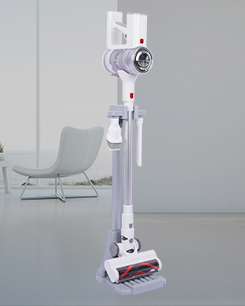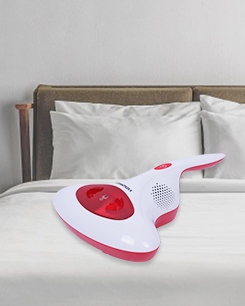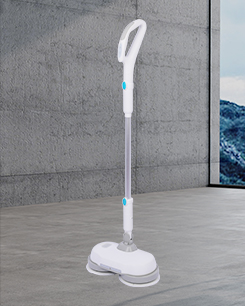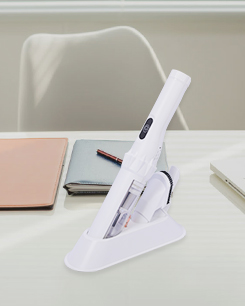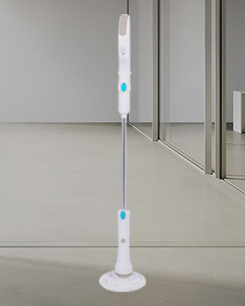Reducing allergens when using portable car vacuum cleaners involves a combination of proper cleaning techniques, equipment maintenance, and additional precautions. Here are some steps you can take to minimize allergens while using a portable car vacuum cleaner:
Choose a Vacuum with a HEPA Filter: Select a portable car vacuum cleaner that features a HEPA (High Efficiency Particulate Air) filter. HEPA filters are designed to trap tiny particles, including allergens like dust, pollen, pet dander, and mold spores, preventing them from being released back into the air.
Vacuum with Precision: Pay close attention to high-traffic areas where allergens tend to accumulate, such as seats, carpets, floor mats, and crevices. Use the appropriate attachments, such as crevice tools and upholstery brushes, to thoroughly clean these areas.
Regular Cleaning Routine: Establish a regular cleaning schedule to prevent the buildup of allergens in your car's interior. Vacuuming once a week or more frequently, depending on your needs and driving habits, can help keep allergen levels in check.


Pre-Vacuum Preparation: Before vacuuming, lightly tap cushions and surfaces to dislodge dust and allergens, making them easier to capture with the vacuum cleaner. If you have removable floor mats or upholstery covers, shake them out outside the car before vacuuming.
Air Purification: Consider using an air purifier specifically designed for vehicles. These purifiers help filter the air and remove allergens as you vacuum, further improving air quality inside the car.
Avoid Agitating Allergens: While vacuuming, try to minimize activities that could stir up allergens, such as vigorous shaking or brushing. This will help prevent allergens from becoming airborne and spreading throughout the car.
Personal Protection: If you have allergies or sensitivities, consider wearing a mask and gloves while vacuuming to reduce your exposure to allergens that may become airborne during the cleaning process.
Ventilation: Open the car's windows or doors while vacuuming to allow allergens to be carried out of the vehicle. This can help prevent allergens from settling back onto surfaces after vacuuming.
Empty and Clean the Vacuum: Regularly empty the dust canister or replace the vacuum bag to prevent allergens from accumulating inside the vacuum cleaner. Additionally, clean the vacuum's filters as recommended by the manufacturer to ensure optimal performance.
Wash and Sanitize: After vacuuming, consider wiping down surfaces with a damp, microfiber cloth to capture any remaining dust and allergens. Using a hypoallergenic cleaning solution can help further reduce allergen levels.
Maintain Car Hygiene: Beyond vacuuming, maintain general car hygiene by keeping windows closed when parked in dusty areas, using seat covers that are easy to clean, and avoiding eating in the car to minimize the introduction of new allergens.

 English
English Español
Español